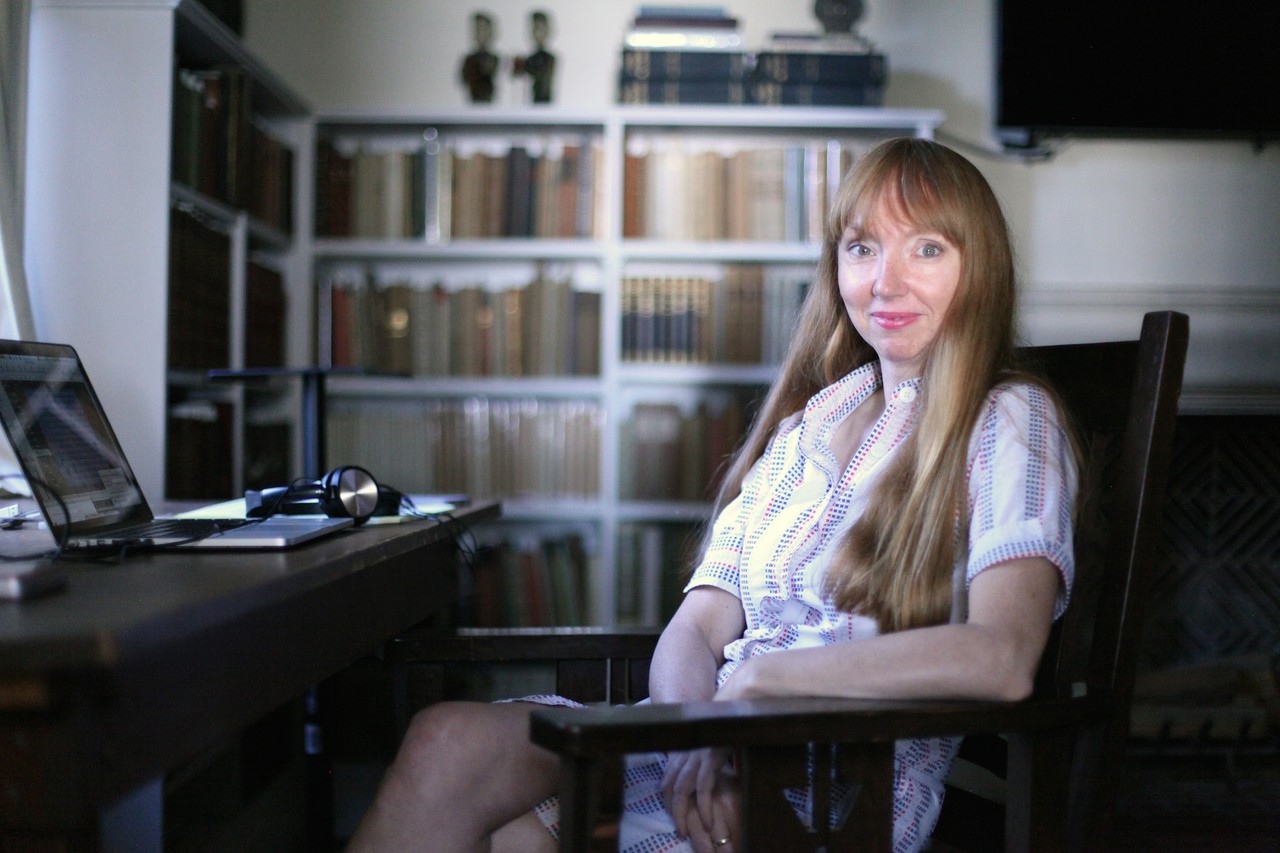Susan Philipsz
Returning
10 Dec 2016 - 26 Feb 2017
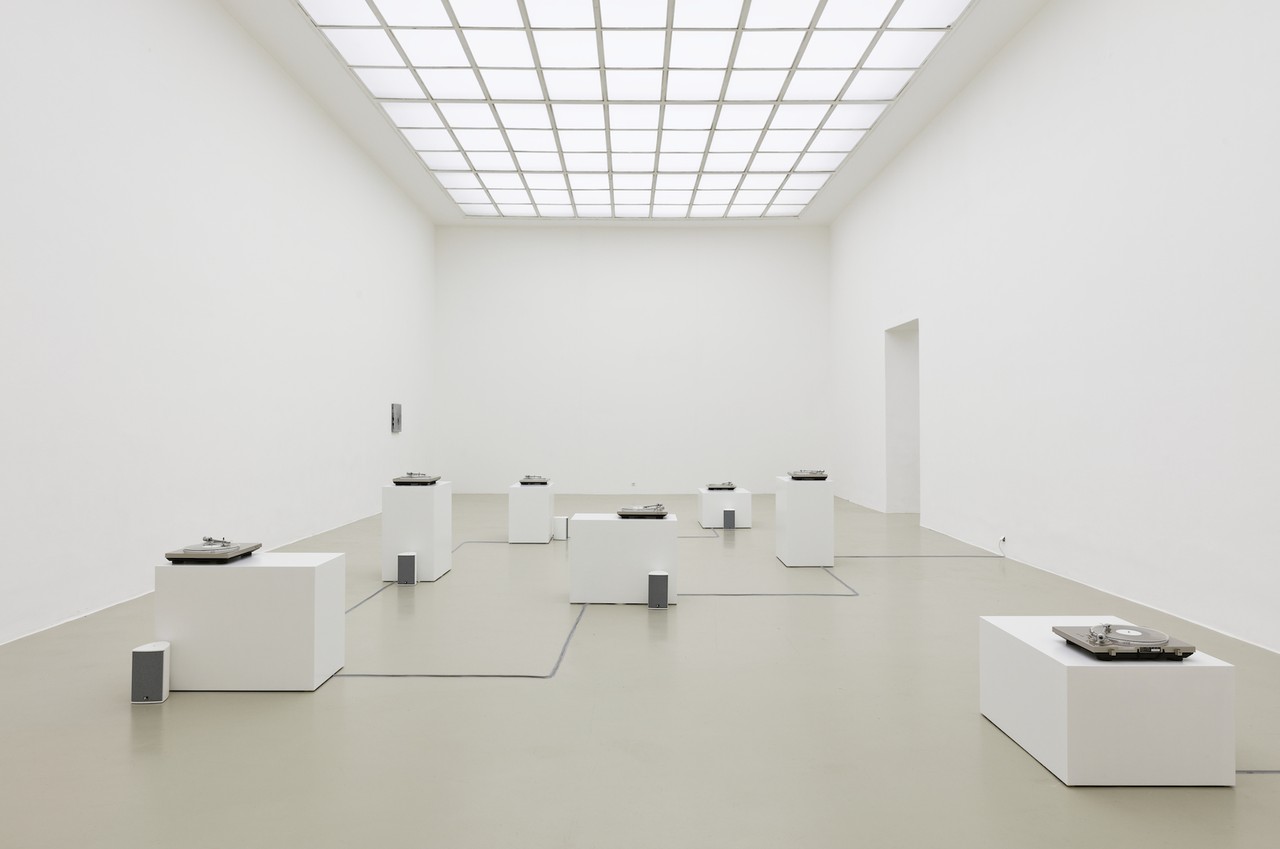
Susan Philipsz, Seven Tears, 2016
Installation view at Kunstverein Hannover, 2016
Courtesy Galerie Isabella Bortolozzi, Berlin and Tanya Bonakdar Gallery, New York
Photo: Raimund Zakowski
Installation view at Kunstverein Hannover, 2016
Courtesy Galerie Isabella Bortolozzi, Berlin and Tanya Bonakdar Gallery, New York
Photo: Raimund Zakowski
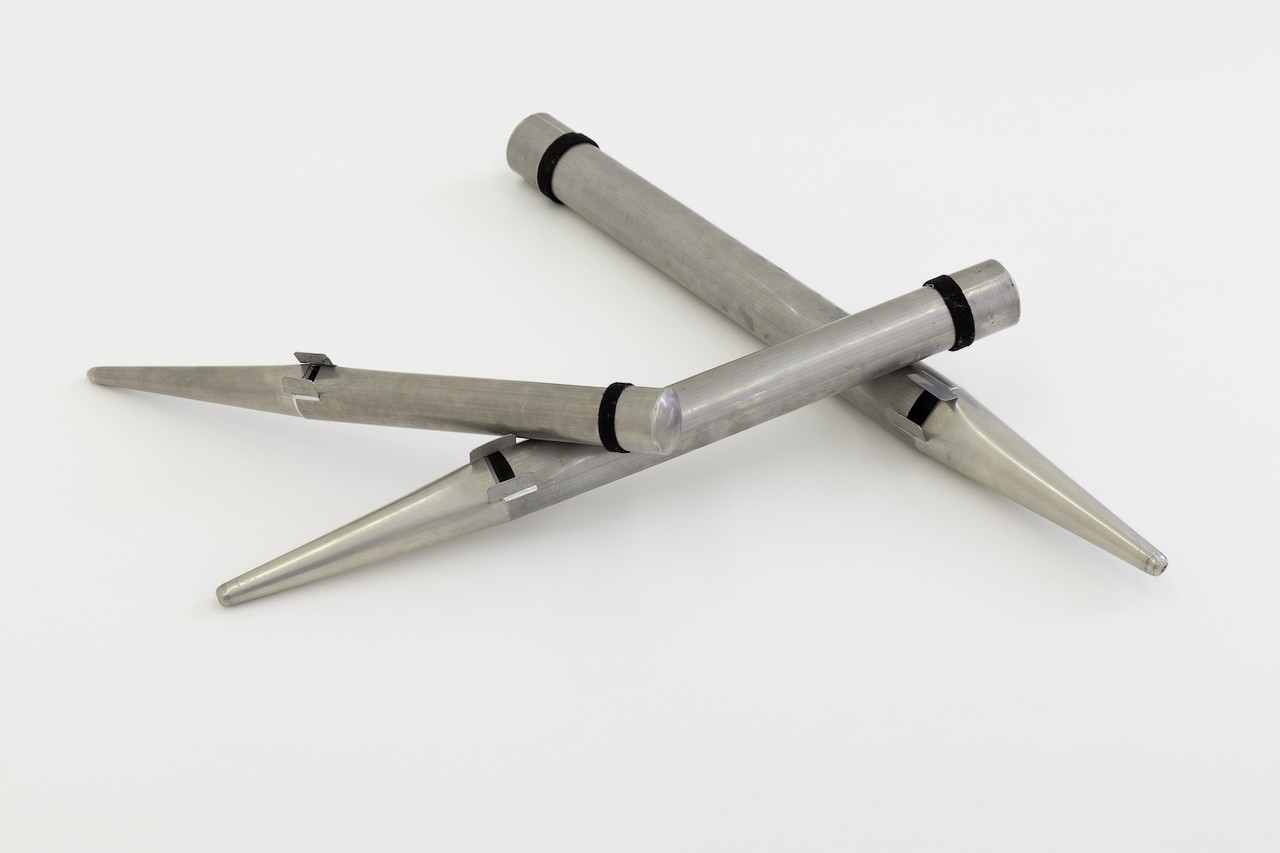
Susan Philipsz
3 Organ Pipes, 2016
Organ pipes, plinth, sound, loop
Installation view at Kunstverein Hannover, 2016
Courtesy Galerie Isabella Bortolozzi, Berlin and Tanya Bonakdar Gallery, New York
3 Organ Pipes, 2016
Organ pipes, plinth, sound, loop
Installation view at Kunstverein Hannover, 2016
Courtesy Galerie Isabella Bortolozzi, Berlin and Tanya Bonakdar Gallery, New York
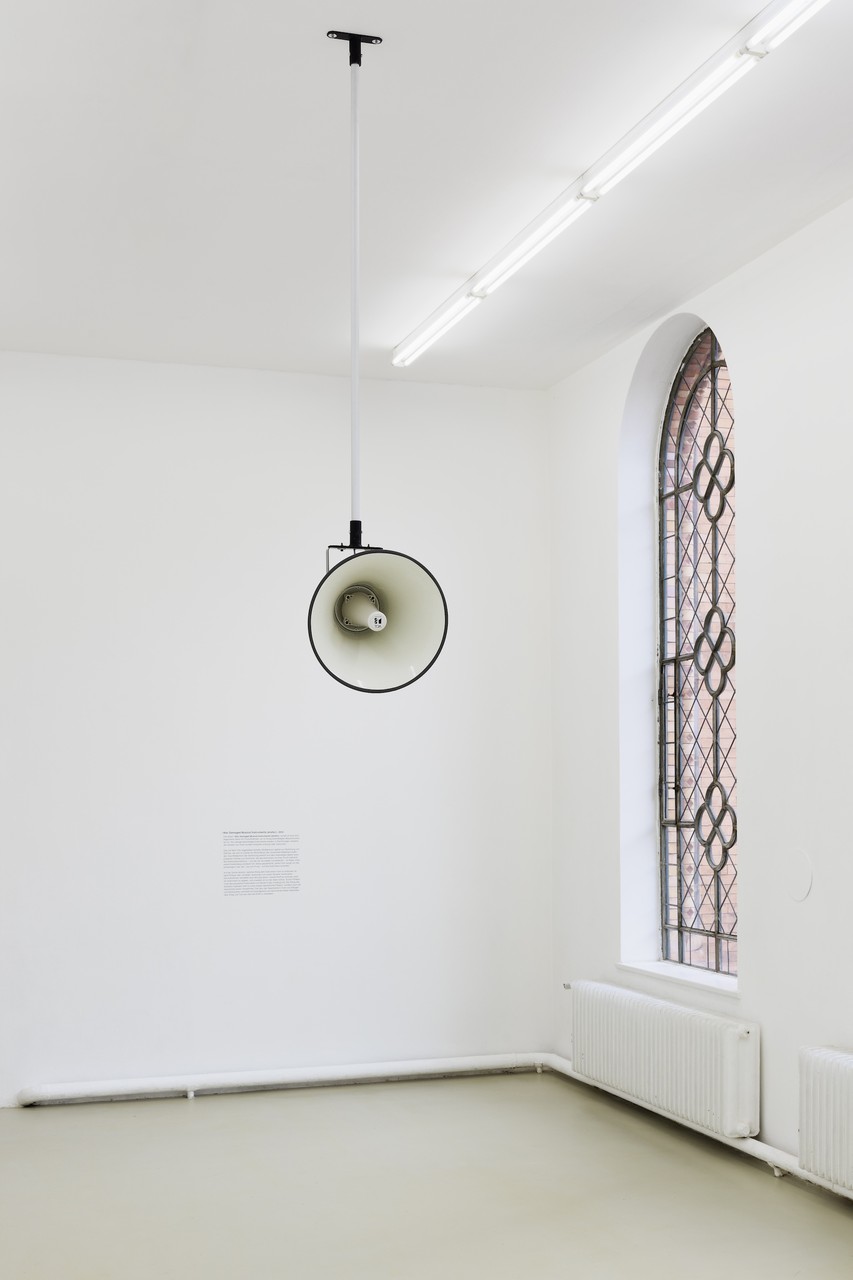
Susan Philipsz
War Damaged Musical Instruments (shofar), 2016
Installation view at Kunstverein Hannover, 2016
Courtesy Galerie Isabella Bortolozzi, Berlin, and Tanya Bonakdar Gallery, New York
Photo: Raimund Zakowski
War Damaged Musical Instruments (shofar), 2016
Installation view at Kunstverein Hannover, 2016
Courtesy Galerie Isabella Bortolozzi, Berlin, and Tanya Bonakdar Gallery, New York
Photo: Raimund Zakowski
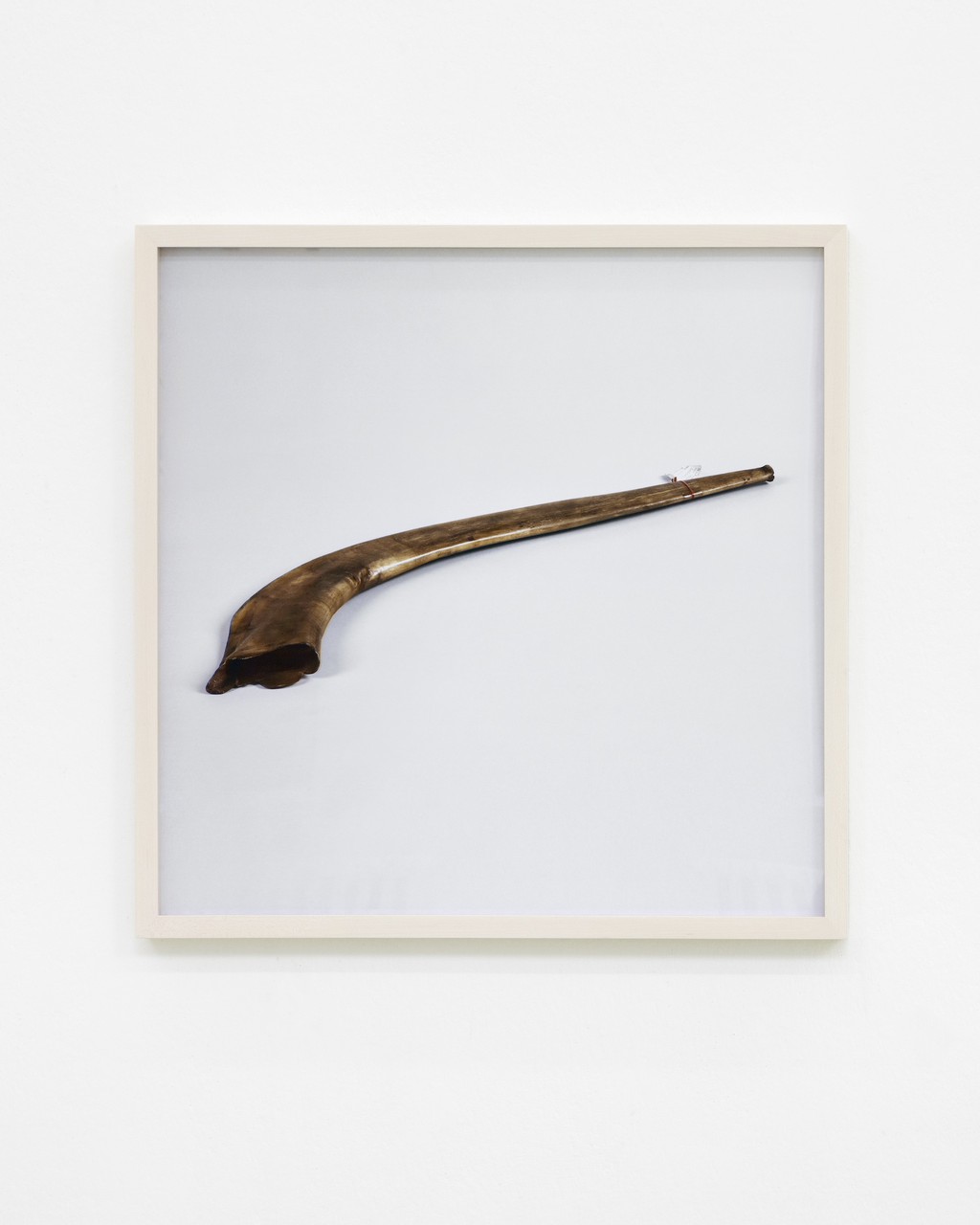
Susan Philipsz
War Damaged Musical Instruments (shofar), 2016
C-Print, 60 × 60 cm
Installation view at Kunstverein Hannover, 2016
Courtesy Galerie Isabella Bortolozzi, Berlin and Tanya Bonakdar Gallery, New York
Photo: Raimund Zakowski
War Damaged Musical Instruments (shofar), 2016
C-Print, 60 × 60 cm
Installation view at Kunstverein Hannover, 2016
Courtesy Galerie Isabella Bortolozzi, Berlin and Tanya Bonakdar Gallery, New York
Photo: Raimund Zakowski
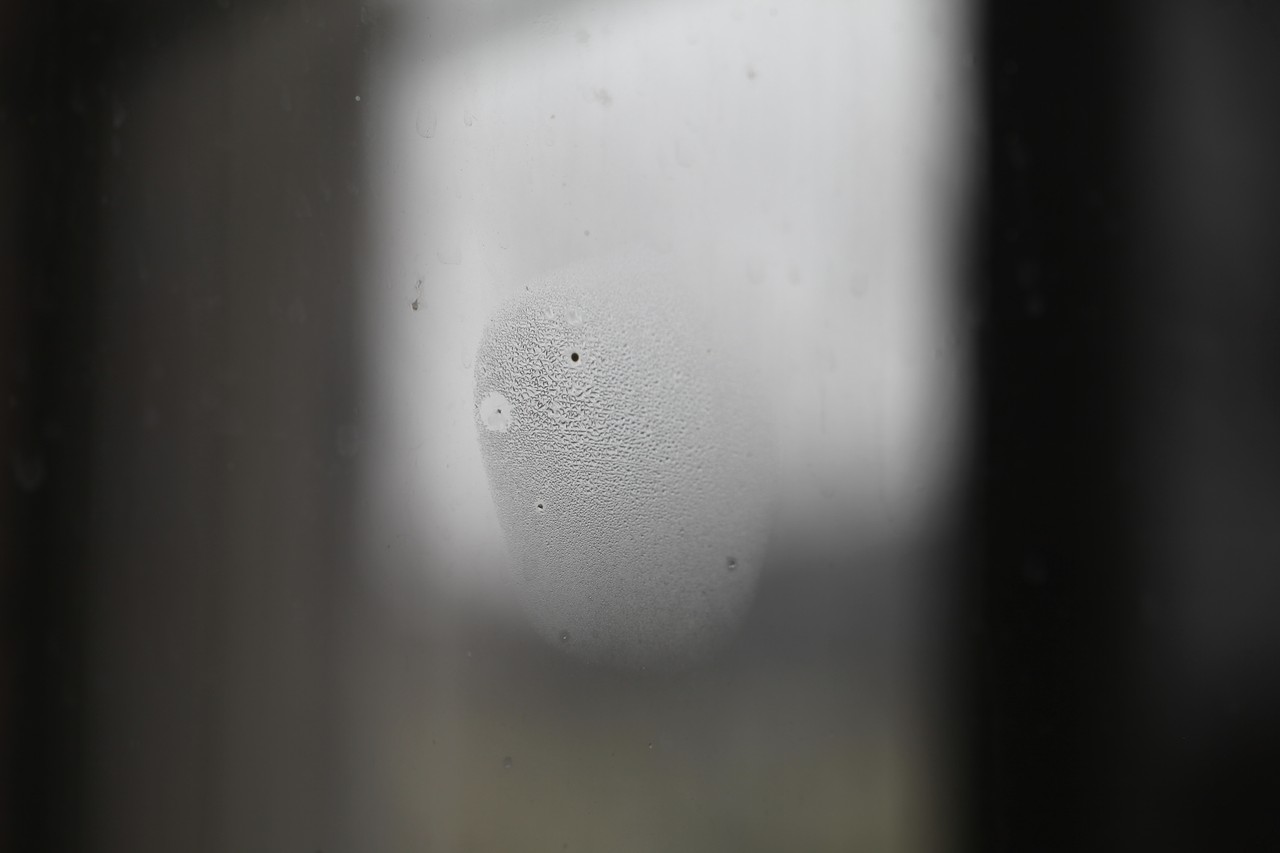
Susan Philipsz
Vernebelt I, 2016
C-print mounted on Aludibond behind glass, 33 × 50 cm
Courtesy Galerie Isabella Bortolozzi, Berlin and Tanya Bonakdar Gallery, New York
Vernebelt I, 2016
C-print mounted on Aludibond behind glass, 33 × 50 cm
Courtesy Galerie Isabella Bortolozzi, Berlin and Tanya Bonakdar Gallery, New York

Susan Philipsz
Separated Strings, 2012
C-print, 200 × 150 cm each
Installation view at Kunstverein Hannover, 2016
Courtesy Tanya Bonakdar Gallery, New York
Photo: Raimund Zakowski
Separated Strings, 2012
C-print, 200 × 150 cm each
Installation view at Kunstverein Hannover, 2016
Courtesy Tanya Bonakdar Gallery, New York
Photo: Raimund Zakowski
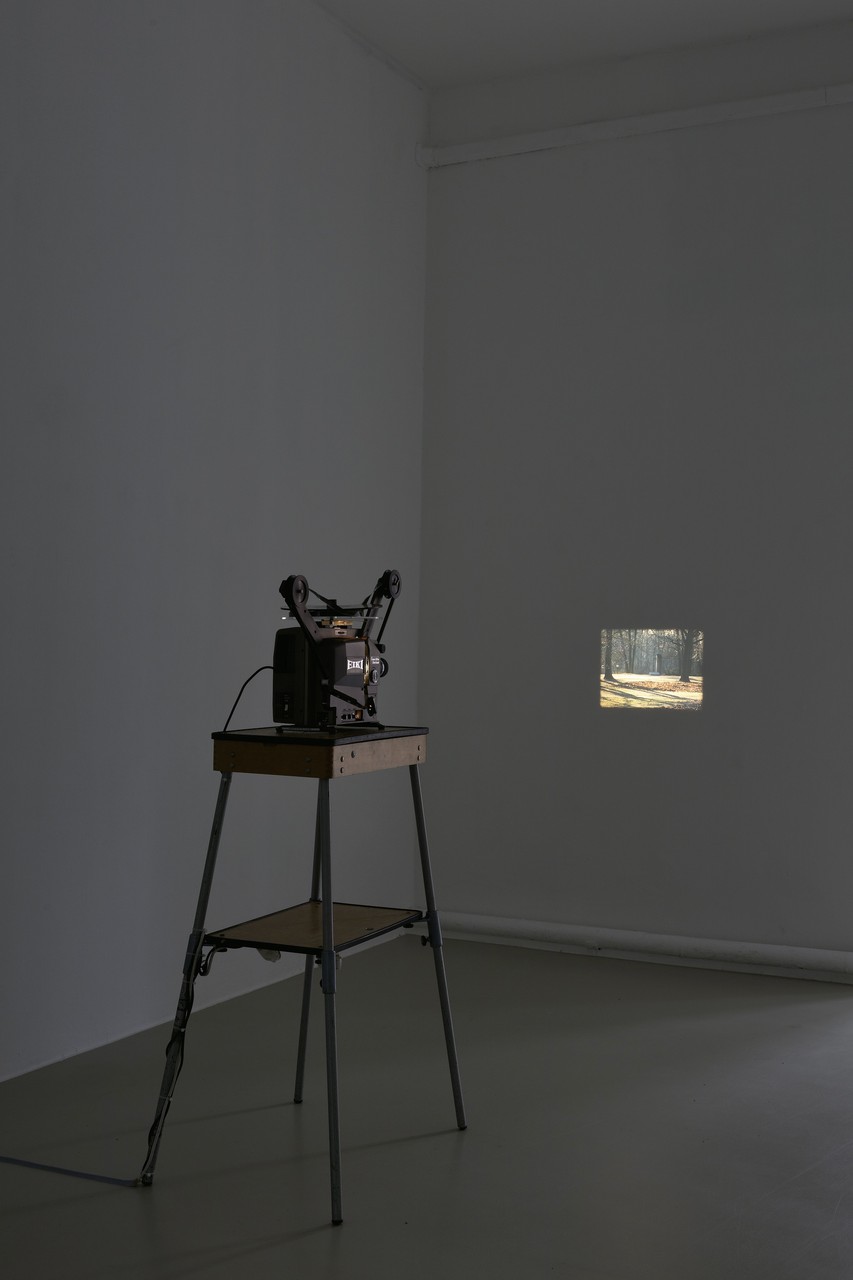
Susan Philipsz
Returning, 2004
16 mm film installation, 10 min, loop
Installation view at Kunstverein Hannover 2016
Courtesy Galerie Isabella Bortolozzi, Berlin and Tanya Bonakdar Gallery, New York
Photo: Raimund Zakowski
Returning, 2004
16 mm film installation, 10 min, loop
Installation view at Kunstverein Hannover 2016
Courtesy Galerie Isabella Bortolozzi, Berlin and Tanya Bonakdar Gallery, New York
Photo: Raimund Zakowski
Susan Philipsz
Returning
10 Dec 2016 – 26 Feb 2017
In recent years, Susan Philipsz (*1965 in Glasgow, lives and works in Berlin) has developed numerous arresting sound installations in public and institutional space. For more than two decades, the Scottish artist, who was awarded the Turner Prize in 2010, has devoted herself the rearrangement and interpretation of musical sources against the backdrop of site-specific conditions. The trained sculptor explores the spatial-qualities of qualities of sound and its emotional and cognitive effects. Many of her most recent works deal with existential themes such as trauma and grief.
With reference to Emil Berliner (1851–1929), who along with his brothers founded the Deutsche Grammophon Gesellschaft in 1898 in Hannover, at the Kunstverein Susan Philipsz is working for the first time with vinyl records as sound carriers. She recorded the sounds produced on the rims of glasses on seven records, each of which renders a note value from the suggestive composition “Lachrimae or Seven Tears” (1604) by John Dowland and addresses the motif of tears as well as the Baroque lament, which lend expression to the impermanence of happiness. In other new sound installations Philipsz also makes reference to regional settings—in one of these she works with the pipes of a historical synagogue organ that survived the Night of Broken Glass and has been in the Villa Seligmann in Hannover since 2011. At the same time, she continues her work with damaged instruments with a shofar (ram’s horn). Both sound compositions cause human presence to become palpable and address German-Jewish history.
The sounds of site-specific works develop and branch out in the circular path through the exhibition, become connected with photographs and films, and give rise to a powerful nexus of sound and space, past and present.
Returning
10 Dec 2016 – 26 Feb 2017
In recent years, Susan Philipsz (*1965 in Glasgow, lives and works in Berlin) has developed numerous arresting sound installations in public and institutional space. For more than two decades, the Scottish artist, who was awarded the Turner Prize in 2010, has devoted herself the rearrangement and interpretation of musical sources against the backdrop of site-specific conditions. The trained sculptor explores the spatial-qualities of qualities of sound and its emotional and cognitive effects. Many of her most recent works deal with existential themes such as trauma and grief.
With reference to Emil Berliner (1851–1929), who along with his brothers founded the Deutsche Grammophon Gesellschaft in 1898 in Hannover, at the Kunstverein Susan Philipsz is working for the first time with vinyl records as sound carriers. She recorded the sounds produced on the rims of glasses on seven records, each of which renders a note value from the suggestive composition “Lachrimae or Seven Tears” (1604) by John Dowland and addresses the motif of tears as well as the Baroque lament, which lend expression to the impermanence of happiness. In other new sound installations Philipsz also makes reference to regional settings—in one of these she works with the pipes of a historical synagogue organ that survived the Night of Broken Glass and has been in the Villa Seligmann in Hannover since 2011. At the same time, she continues her work with damaged instruments with a shofar (ram’s horn). Both sound compositions cause human presence to become palpable and address German-Jewish history.
The sounds of site-specific works develop and branch out in the circular path through the exhibition, become connected with photographs and films, and give rise to a powerful nexus of sound and space, past and present.

